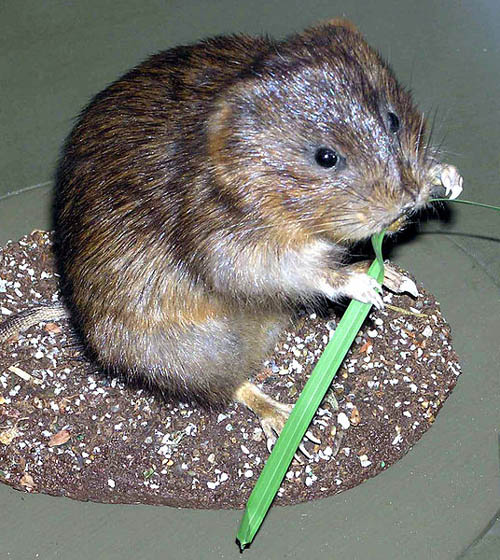SCOTS are being asked to help find out whether any water voles are left alive in Perthshire.
Water vole numbers have plunged by 90% across Scotland since the 1990s.
Overgrazing by the country’s booming sheep population has been partly blamed for the steep fall.

Conservation group Tay Landscape Partnership fears they may have died out altogether.
They are calling on Perthshire residents to join the hunt for the rodent.
Catriona Davies, the access and biodiversity officer for the partnership, said: “There used to be lots of water voles in our area but their numbers have declined so dramatically some people don’t think there are any left here at all.
“However, there have always been tantalising reports of remnant populations hidden away in quiet corners of our waterways.
“This survey is a fantastic opportunity to test these rumours and find out if these endearing wee animals could make a comeback.”
But water voles, which are around 4-8in long and brown in colour, are notoriously difficult to spot.
Those seeking them should listen out for the distinctive “plop” sound made when they dive underwater to avoid being seen.
Other tell-tale signs to look out for include the small, neat holes they make along riverbanks as they tunnel their way into the ground.
The water vole’s short, hairy tail, plump body and blunt nose make it easily distinguishable from the brown rat.
If water voles have survived in the area, the partnership can take steps to improve the environment in a bid to boost numbers.
Grazing sheep can damage areas near to river banks. The accidental introduction of the American mink – which preys on the rodent – to British waterways has also been blamed.
The water vole, which famously appeared in Kenneth Graham’s classic children’s novel Wind in the Willows as Mr Ratty, is a protected animal under the Wildlife and Countryside Act 1981.
Harming water voles can land culprits with a fine of up to £5000 as well as up to six months in prison.
